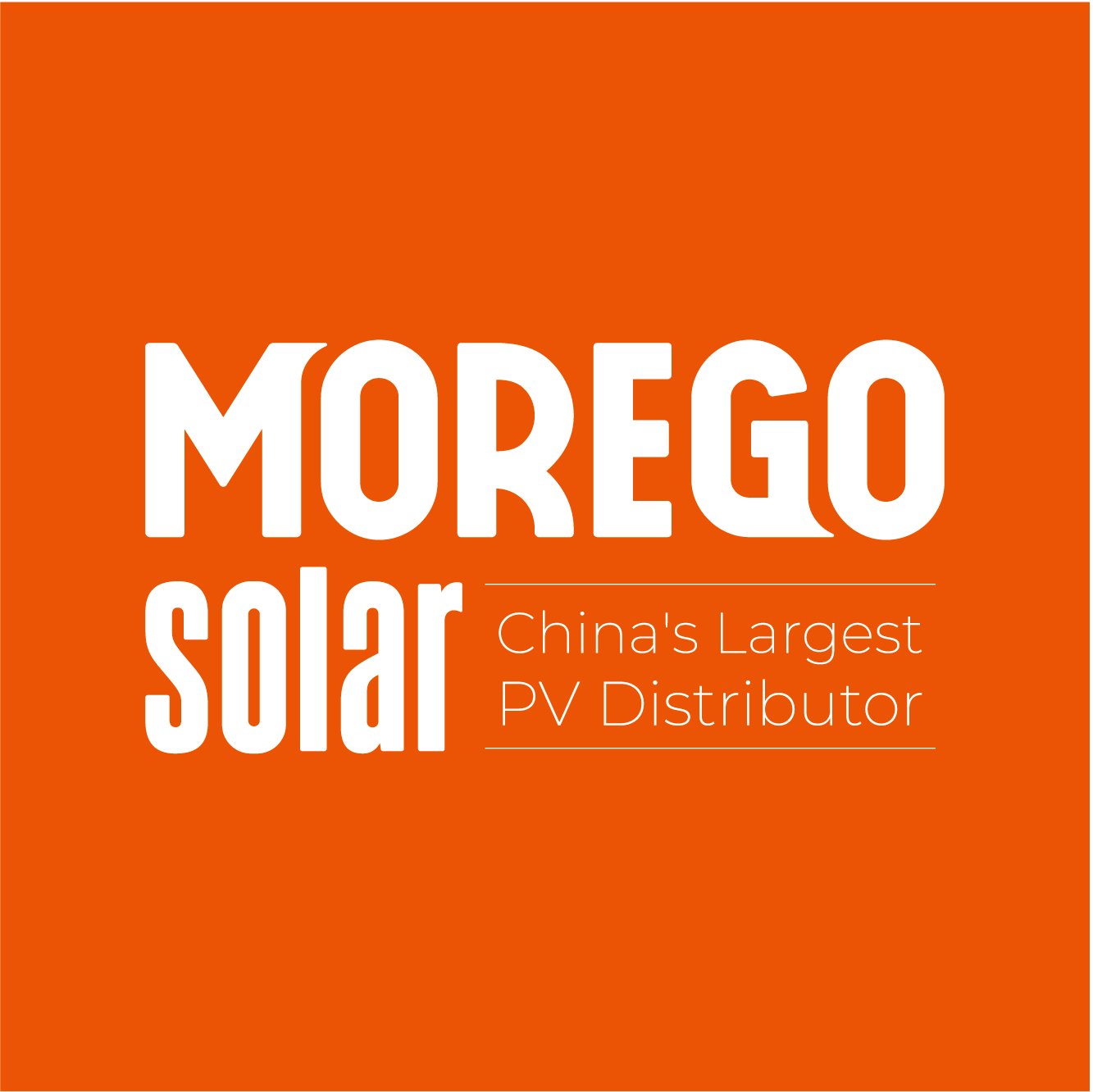As manufacturing technology in the solar industry continues to mature, various cell cutting technologies have emerged to achieve higher power generation efficiency. This article will compare and analyze two widely used technologies: Thermal Laser Separation (TLS) and Laser Scribing and Cutting (LSC).
Thermal Laser Separation (TLS)
In the TLS process, a laser beam is focused to a small point, producing an extremely high energy density. When the laser beam irradiates the material, the energy is absorbed and converted into thermal energy, causing rapid local heating. When the temperature reaches the material's melting or boiling point, the material undergoes vaporization, melting, or evaporation, forming a cut on the surface. Subsequent mechanical splitting is then carried out along the cut. TLS technology can achieve a smaller heat-affected zone, resulting in minimal damage to the material.
Laser Scribing and Cutting (LSC)
In the LSC process, a laser beam scans the material surface at a certain speed and power, forming a continuous scribe line. The material in the scribed area expands, melts, or vaporizes due to the laser energy, forming a narrow cut. As the laser beam moves, the cut gradually extends and eventually separates the material.

From an efficiency standpoint, neither the TLS nor LSC cutting processes have a significant adverse effect on efficiency. The efficiency of cells cut using LSC and TLS techniques decreased by 0.5-0.8% for half-cells. After accounting for testing differences, the actual efficiency drop is minimal, with virtually no difference between full cells and half-cells.
The following diagram compares the application of both technologies on cells and modules:

Note: Diagram (a) shows the front and back fracture stress of three types of cells, and diagram (b) shows the fracture stress of modules made from the corresponding cells.
Overall, LSC half-cells exhibit lower stress in both cell and module segments, while TLS half-cells and full cells have similar stress levels. This experiment further demonstrates that LSC causes significant damage to the back of the cell, affecting the mechanical stress of the module and substantially reducing the mechanical strength of half-cells. TLS cells show no reduction in fracture stress compared to full cells, both before and after the splitting.
The following diagram illustrates the difference in micro-cracks after a bending test:

Full cells and TLS half-cells: Micro-crack origin points (red boxes) are located at the busbar pad points on the cell surface rather than at the edges.
LSC half-cells: Micro-crack origins are concentrated at the edges, scattered along the edge line without intersecting with the busbar.
Therefore, from a yield perspective, the primary factors affecting micro-cracks and fragmentation are the differences in mechanical damage. The LSC process causes significant mechanical damage at the cut edges, with the extent of damage decreasing from the back towards the front. After the TLS half-cell process, the electrical performance and mechanical strength of half-cells remain largely unaffected compared to full cells.
Overall, Thermal Laser Separation (TLS) technology performs better, with less mechanical damage, preserving cell performance to the greatest extent. Currently, the following module products utilize this technology:
 | Best-selling Solar Panel Models | |||
| Brand | Series | Model | Power(W) | Type |
| LONGI | Hi-mo 6 | LR5-72HTH-M | 585 | Mono |
| LR5-72HTHF-M | 590 | Anti-Dust | ||
| LRS-54HTB-M | 435 | Full Black | ||
| JinKo Solar | TigerNeo | JKMM-72HL4-V | 590 | Mono-facial |
| JKMN-54HL4R-B | 440 | Full Black | ||
| Canadian Solar | TOPBiHiKu 7 | CS7N TB-AG | 700 | Bifacial |
| TOPBiHiKu 6 | CS6W TB-AG | 585 | Bifacial | |
| JA Solar | DeepBlue4.0 | JAM54D41-LB | 440 | Bifacial, Full Black |
Disclaimer: The information, including but not limited to text, images, and audiovisual content, provided on this website is sourced from the internet and is intended for educational and informational purposes only. It does not constitute any investment advice. If there is any infringement, please contact us promptly, and we will remove it immediately.

